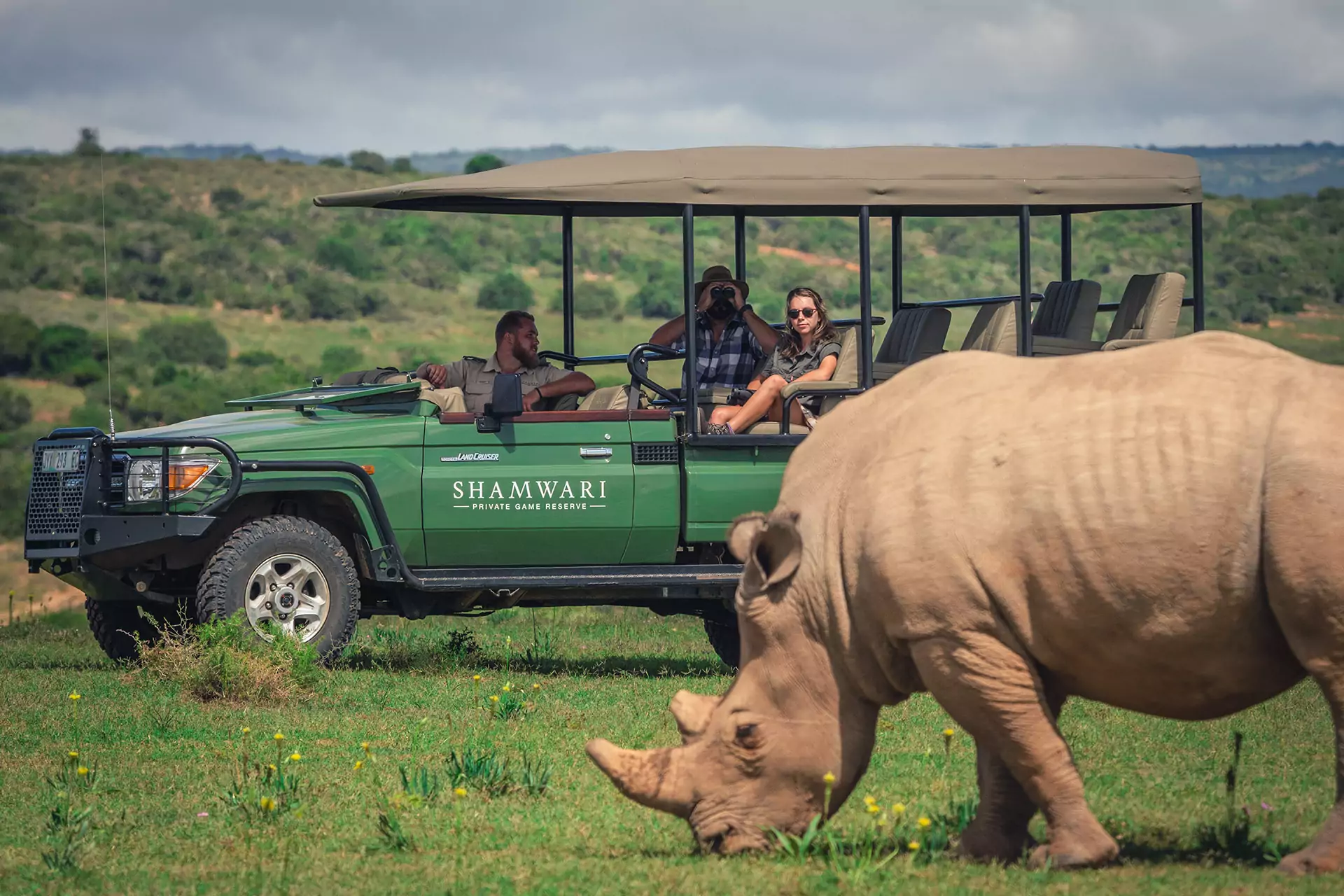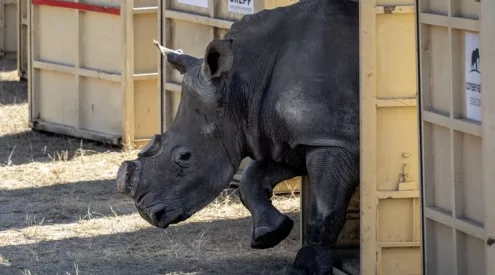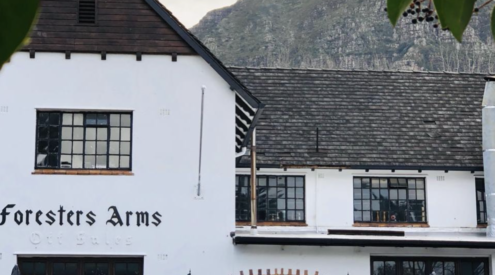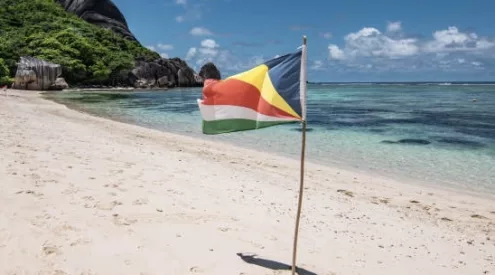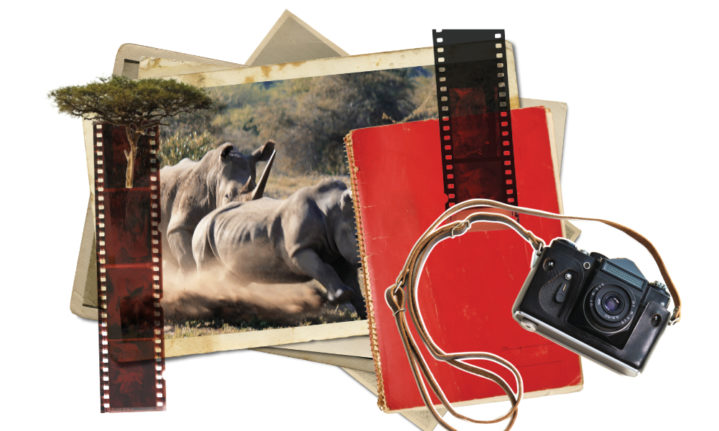Walking in wild places instills a different anxiety for the wanderer.
Words: Hlengiwe Magagula

Were you not afraid?’ I was back home after a short visit to Kruger and busy recounting only slightly exaggerated tales of a dawn walk, deep in the wilderness. ‘No Mfethu, I never feared, we were in safe hands,’ I replied truthfully, and also to reassure my sister. But it was not the full truth, for that’s more complicated. For three hours we had explored sandy animal trails, often pausing under shady trees to soak up information from our guide. And for those hours, I was not afraid but felt something akin to fear – a heightened sense of awareness, constant alertness.
This must be how the impalas live their lives, I thought. And all the other prey animals, their senses tuned to sound and scent, wide eyes scanning the bushveld for unwelcome, life-ending stalkers. Before setting out, the guide had given the group a stern safety talk: be quiet, so he can listen for warning sounds. Walk single file and don’t stop without telling him. Above all, follow his instructions if we encounter big game. And never run.
When these rules are observed, walking in parks among dangerous game is safe. And when not? Let me tell a story. It was in KwaZulu-Natal’s Hluhluwe-iMfolozi Park, where the bush can be dense, especially close to the White Umfolozi River, which is where we wandered one hot afternoon. Our trail guide pulled up suddenly – he’d spotted a rhino and calf ahead, just 50 metres away. He signalled for us to take cover behind a scrawny buffalo thorn. From there we observed them, happy that the rhinos were going about their business, unaware of our presence.
Until one walker decided he needed a better photo angle, and tip-toed towards another tree, but in full view of the rhinos. Then, everything happened at once. The ever-protective mother did a startled dance, then charged towards the errant guest, her calf by her side. I stood still at the guide’s back… but three walkers ran. I heard a shout and the slide of a rifle bolt and the animals swerved. But now, trailing a cloud of brown dust, they were on course for the walkers who had panicked.
Another shout and those three reversed to cover, while the rhinos thundered past and out of sight.
It was over. When the dust settled, little needed to be said. We knew that if everyone had stayed quietly behind the tree, as instructed, nothing would have happened. I think it all passed too quickly to frighten me. But for sure, I knew that the real fear was with the animals. Rhinos have co-existed here with humans for many centuries but have good reason to fear us. Since the advent of reliable firearms, we’ve brought them to the brink of extinction.
Another day, I had the pleasure of walking in the same park with Nunu Jobe, known as ‘the rhino whisperer’, and he has a habit of guiding barefoot when the mood takes him. It was just the two of us and he showed me his style of approaching rhinos. When he spotted one ahead, he started talking to me, knowing the rhino would catch the sound. These animals have excellent hearing and, aware we were not too close, it continued to browse. As we got nearer, Nunu murmured, now addressing the rhino, in a voice that radiated calm. He clicked his tongue and gently clapped his hands and in that way we approached on equal terms, neither we nor the rhino feeling threatened.
No, with an expert guide, we should not be afraid to walk in these places. But we should fear for the wilderness, and all its wealth. We should fear climate change and a future of droughts, floods and searing heat. If only for own selfish reasons – the revenue from tourism, the many livelihoods supported – we must give space to wildlife and defend it. Fearlessly.


